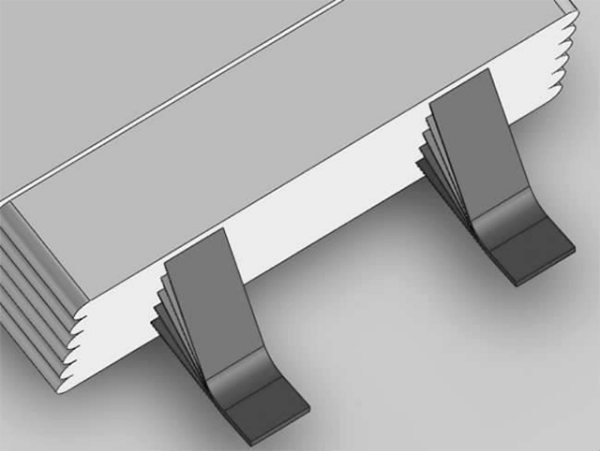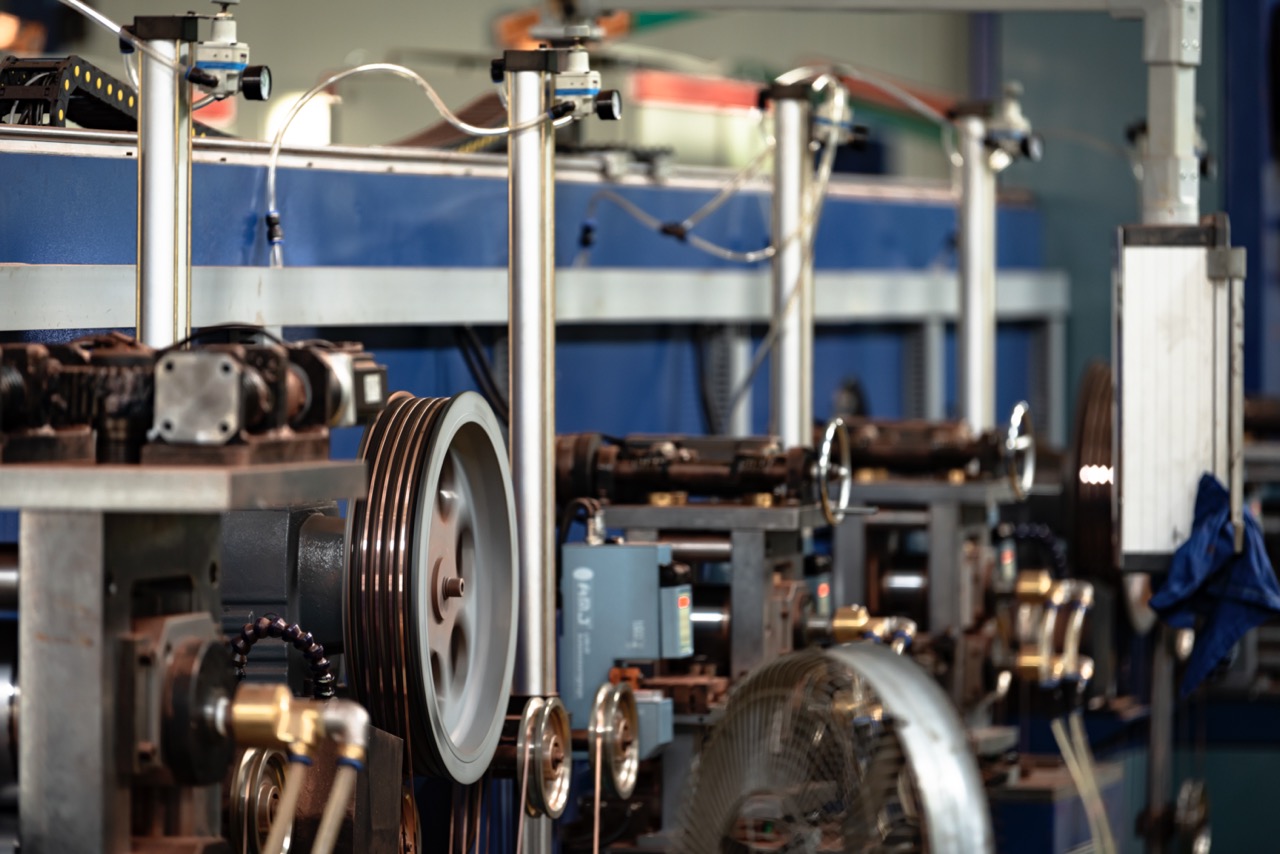The internal structure of lithium-ion batteries is mainly divided into four types according to their production methods: normal structure, middle-ear structure, multi-ear structure, and stacked structure. In the normal structure, there is only one ear for the positive and negative electrodes, which is located at one end of the pole piece and is made by winding; the ear-mid-ear structure has the ear located in the middle of the pole piece, which is generally processed by laser cleaning, interval coating, tape sticking, etc., and the battery has a small internal resistance and good rate performance; the multi-ear wound pole piece has multiple ears, and the position of the ears varies according to the design, the battery resistance is smaller, and the battery rate performance is better; the stacked battery is made by cutting the pole piece into a specific shape and folding the positive and negative electrodes alternately, with one ear in each layer. The battery with this structure has the best rate performance.
1. Lug center structure
The position of the tab has a significant impact on the internal resistance and rate of lithium-ion batteries. When the tab is in the middle of the positive and negative electrodes, the internal resistance and rate performance of the battery are the best, and its performance is close to that of the battery with the stacking process. The figure below is a comparison between the tab-center structure and the normal structure. The tab of the normal structure is located at one end of the pole piece, and the tab of the tab-center structure is located in the middle of the battery pole piece.
The following table shows the difference in battery performance between the two structures. The internal resistance and DC resistance (DCR) of the battery with the same model using the middle-ear structure and the normal structure are quite different. The internal resistance of the normal structure reaches 30mΩ, while the internal resistance of the middle-ear structure is only 17mΩ; the DCR of the normal structure under the charged state of 50% is 56.6mΩ, and that of the middle-ear structure is 47.4mΩ. In terms of battery rate performance, the difference in low-rate performance between the two is not large, but the difference in high-rate performance is obvious. The middle-ear structure has the ear in the middle of the pole piece. During the discharge process, the electrons diffuse from the middle to the two ends. When the current is small, the carrier has sufficient ability to pass electrons. However, at high rates, there are too many electrons and the channel is blocked, resulting in poor high-rate performance. At the same time, the pole piece will also generate heat, resulting in poor cycle performance.

2 Multi-tab winding
The multi-tab winding technology cuts a fixed tab shape in the carrier. After winding is completed, the carrier is welded and the tabs are led out to form a multi-tab battery.
The multi-electrode winding has more and more evenly distributed poles. The battery rate performance of this structure is better, the charge and discharge temperature rise is smaller, and it is suitable for high-power equipment. Currently, drones use this structure more. Due to its higher welding requirements and precision, the cost of batteries made with this structure is higher. The advantages of the multi-electrode structure are: further reducing battery impedance, improving battery high-rate charge and discharge performance, supporting 5C~10C discharge; effectively reducing the temperature rise of the battery under high-rate discharge, and the surface temperature rise of the 10C discharge battery is less than 20°C; the battery temperature is low, which significantly increases the battery cycle life.
The following table shows the performance advantages of the multi-electrode structure compared to the pole-mid-electrode structure: The internal resistance of the multi-electrode winding battery is much smaller than that of the pole-mid-electrode battery, and its constant current charging capacity accounts for a larger percentage of the total capacity. At present, mobile phone manufacturers generally claim that their products can be fast-charged, but most of them are limited to the first 30 minutes, and the actual constant voltage stage in the latter part of charging is longer. The multi-electrode winding technology can improve this aspect, but because it has more poles and needs to be welded and led out, its energy density is low. Improving the energy density of multi-electrode structure batteries will be the main direction of this technology in the future.
3. Laminated structure
Compared with multi-electrode winding, each layer of the laminated battery leads to a pole ear. The fast charging performance of the battery made with this structure is the highest among all the current structures. However, due to the limitation of its automation level, it is currently rarely used in the field of consumer electronics, and is mainly used in the fields of military industry and power batteries. It is believed that with the improvement of automation capabilities, the laminated technology will become the mainstream in the future.
